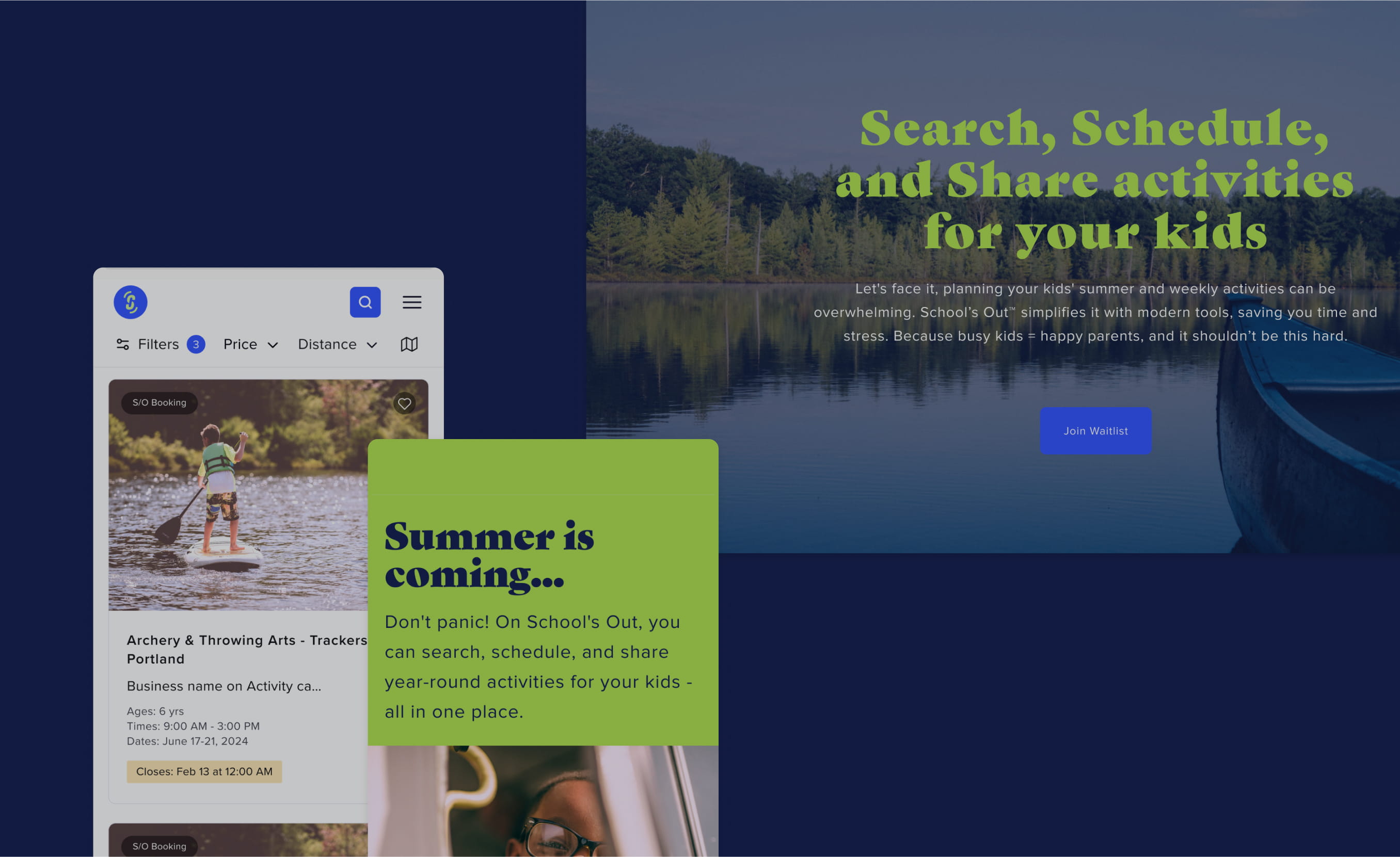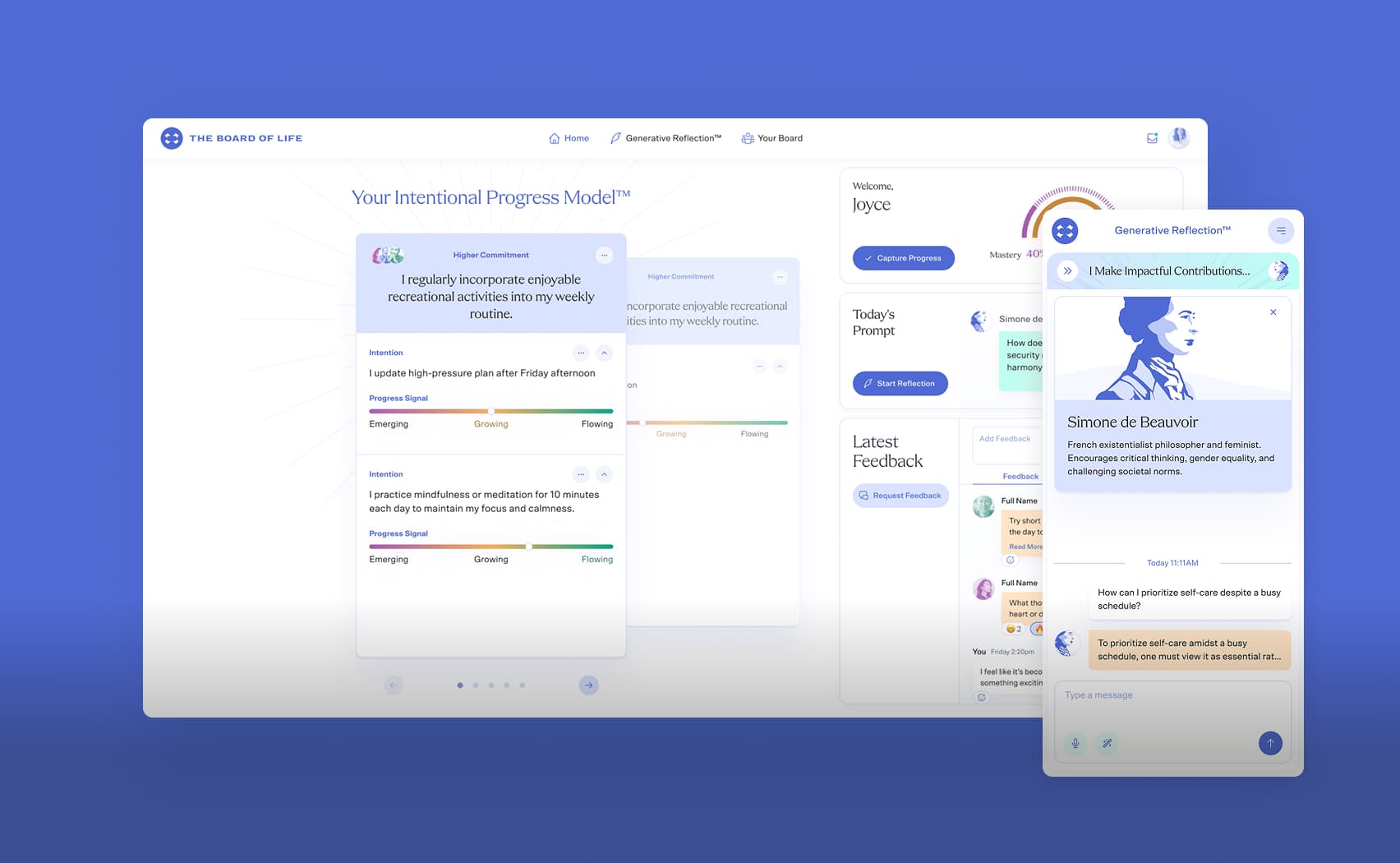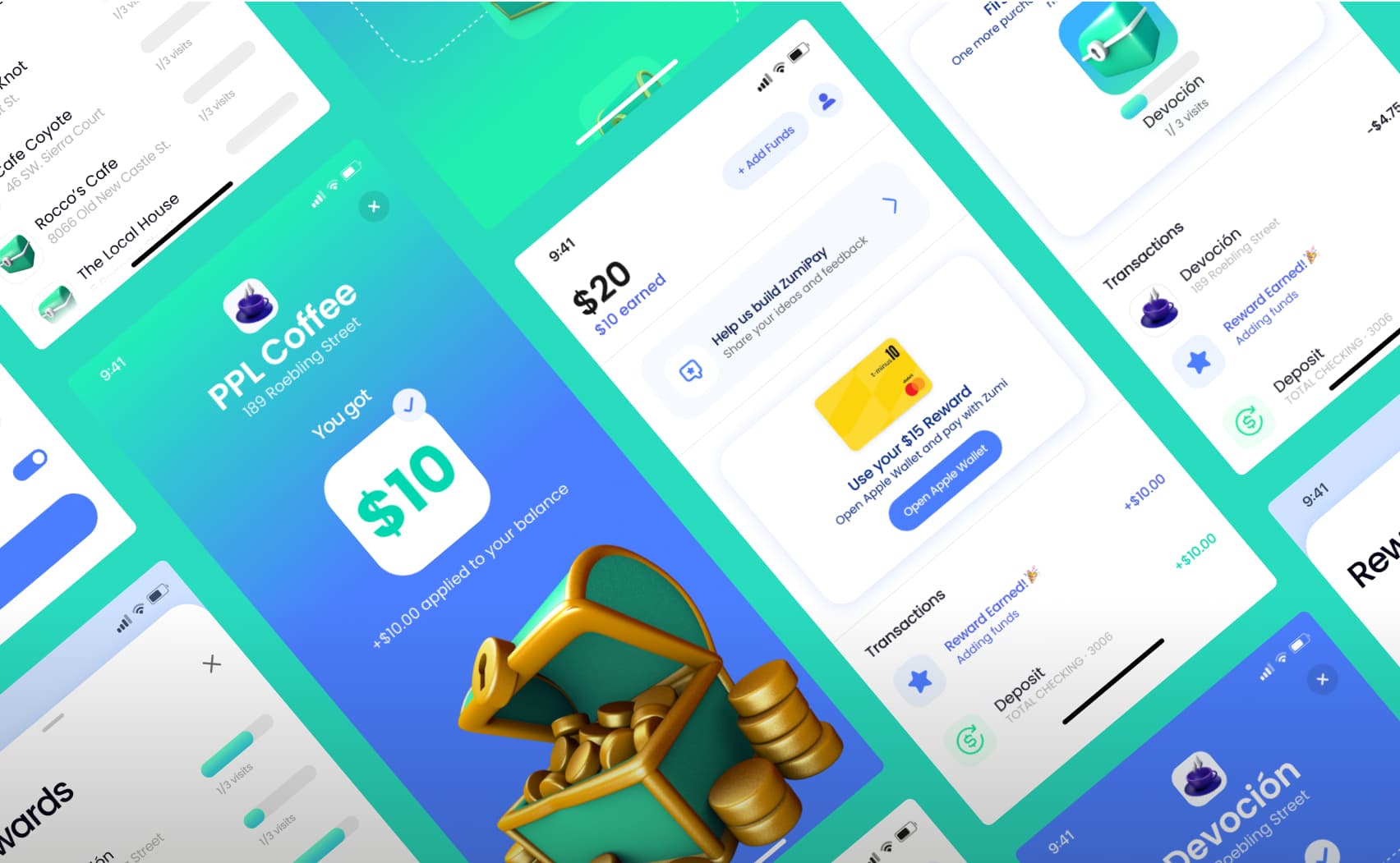Stages in the Product Development Lifecycle
Every year, about 30,000 new products are brought to market- and most of them fail.
Bringing a new product to market is as much art as it is science. While there are many stages that almost any product will go through, a good product manager will craft a plan that matches the product in question.
Two things to keep in mind about these stages:
They are very much a cycle. Product development is never a completely finished activity. Even after going to market, a product needs to be repeatedly tweaked and improved based on user feedback.
Moreover, there are cycles within this cycle. Sometimes, you have to move back and forth between ideation and validation many times before proceeding to prototyping.
They are not one-size-fits-all. Every product is different and, therefore, has its own lifecycle. A new piece of software might require more time spent on ideating than a new brand of soap, for example.
That said, most successful products will make a journey through these stages:
- Ideation
- Validation
- Prototyping
- Marketing
- Development
- Launch
- Iteration & Improvement
Ideation
Everything starts with an idea.
Before you can move forward with a single good idea, you will probably need to brainstorm dozens, if not hundreds, of not-so-good ideas.
And that's OK! A tree may scatter thousands of seeds to have only one sprout new life.
Validation
One of the worst mistakes an entrepreneur can make is to take a huge risk on a new idea without making sure that there's adequate market demand for it.
That's why it is important to validate an idea through small market tests and research before making a full-scale prototype. This could involve tasks like:
- Surveys
- Interviews
- Market research
A good approach combines both qualitative and quantitative data to make a judgment about the feasibility of an idea.
Prototyping
If you have a good idea and some research to suggest that people will pay money for it, then the next thing you should do is build a model.
The goal of this stage is to build something that looks like it works. It does not need to be completely functional. It just needs to be a model you can look at for marketing purposes and for future development.
Marketing
You want to generate buyer awareness as soon as possible for your new product- before you have it fully working, in many cases. You can use your prototype to help create content for this purpose.
Early marketing is especially important in the tech industry, where buying cycles can be many years long and reflect a significant financial commitment. This is different from selling, say, a novelty candy, where buying is more of an impulse action.
Development
So you have a good idea, you've demonstrated that people will likely buy it, and you've done some marketing for basic awareness.
Now you can actually build the thing!
The goal here is still not to build the most complete, perfect product you can. The goal is to create a Minimum Viable Product, or MVP. This is basically the simplest thing you can sell that will perform the core functions of the completed product.
Launch
Launching an MVP is kind of like a second, souped-up validation stage. The goal is to make sure that the essential features of your ideal product really are in demand.
This step is also necessary for getting user feedback so you can iterate and tweak for improvements.
If you've already done some preliminary marketing, this step will be easier. But it will involve even more marketing, as well as distribution, for your product. Consider putting on some sort of launch event, or advertising a sales promotion.
Iterating and Improving
Your product is not a static entity- it should change over time. And if you launched your MVP early enough, you should probably be a little embarrassed by its quality, anyway.
After you've done one launch, you will have plenty of opportunities for gathering user feedback to determine how best to improve the product.
This is why launching early is so important. Sometimes you can't predict how people will react! Trying to perfect your product too soon might actually waste time by focusing on Feature A, when it turns out that what people really care about is Feature B.
Product Development at JetRockets
We specialize in crafting custom software solutions for our clients, who span dozens of different industries and niches.
But more than just developing software, our expertise spans the entire software product development lifecycle.
Every project we work on has a dedicated project manager who has years of experience in guiding products from idea, to launch, and beyond.
Ready to bring your software idea to life? We'd love to chat.



